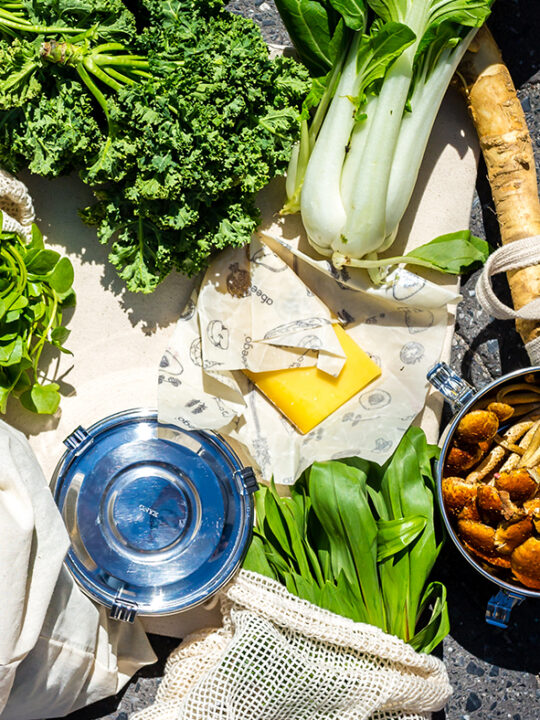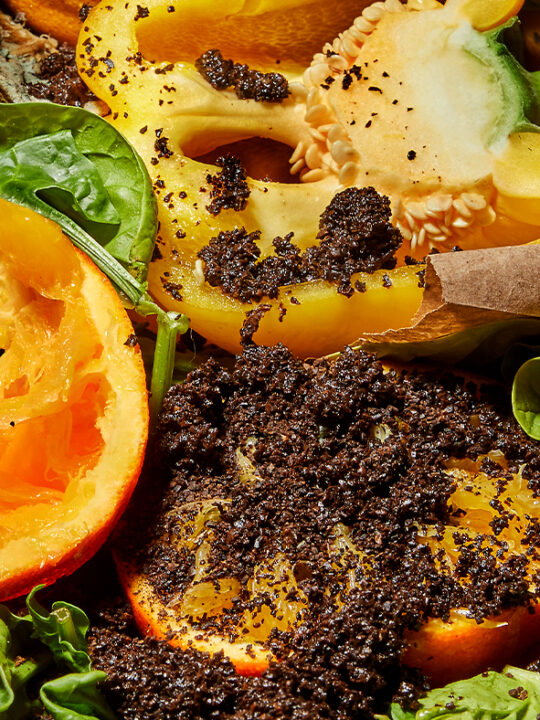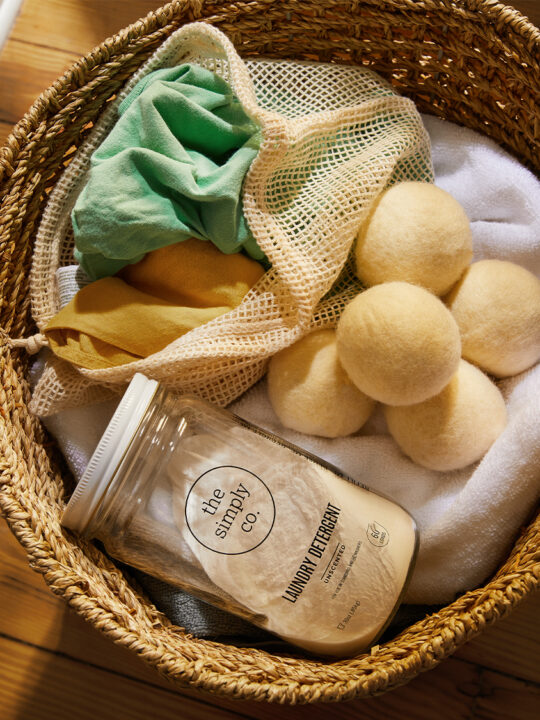I have been thinking a lot about the foods that I eat in terms of buying Organic, local, and sustainable foods but like many I am a creature of habit and tend to stick with the same things. Sure, I eat healthy foods, but am I eating balanced meals?
Here is the breakdown of what an adult eating a 2000 calorie diet needs per day.
WATER: 3 liters/day
Total Fat: 65 grams
Saturated Fatty Acids: 20 grams
Cholesterol: 300 milligrams
Sodium: 2400 milligrams
Potassium: 3500 milligrams
Total Carbohydrate: 300 grams
Fiber: 25 grams (barley, legumes, bulgur)
Protein: 50 grams (legumes, quinoa, nuts, seeds, fruits, milk)
Vitamin A (growth and development, immune system): 5000 IU (carrots, pumpkin, egg yolk)
Vitamin B1 (Thiamin) (cellular restoration): 1.5 mg (oatmeal, brown rice, oranges, eggs, kale)
Vitamin B6 (amino acid metabolism): 2.0 mg (chickpeas, supplements)
Vitamin B12 (metabolism of every cell in the human body): 6 micrograms (egg yolk, supplements)
Vitamin C (collagen synthesis): 60 milligrams (orange, grapefruit, peach, kiwi, bell peppers)
Vitamin D (enhancing intestinal absorption of calcium and phosphate): 400 IU (mushrooms)
Vitamin E (a-tocopherol) (antioxidant): 30 IU (tomato, sunflower seeds)
Riboflavin (energy metabolism, metabolism of fats, carbs & proteins): 1.7 mg (almonds, sesame seeds)
Niacin (digestion, nerve function): 20 mg (avocado, dates, leafy greens, carrots, broccoli)
Calcium (signal for cellular processes): 1 g (collards, broccoli, beans, almonds, milk, figs, orange)
Iron (oxygen transport, cellular respiration): 18 mg (walnuts, dark chocolate, cast iron pan)
Folic Acid (aids rapid cell division): .4 mg
Phosphorus (essential for molecule building): 1 g (cornmeal, brown rice, rolled oats, milk)
Iodine (constituent of thyroid hormones): 150 mcg (iodized salt, kelp)
Magnesium (catalysts for synthesizing ATP): 400 mg (buckwheat, rolled oats, quinoa, brown rice)
Zinc (metabolism of DNA and RNA): 15 mg (nuts, beans)
Copper (electron and oxygen transportation): 2mg (sunflower seeds, cashews, dark chocolate)
Biotin (synthesis of fatty acids): .3 mg (whole grains, almonds, peanuts, eggs)
According to the Harvard School of Public Health a healthy plate should look like my picture above:
- 1/2 of your plate should be vegetables and fruits
- 1/4 of your plate should be whole rains such as brown rice
- 1/4 of your plate should be a healthy protein such as beans, nuts, or egg
This food should be consumed with a glass of water and cooked by steaming or with a healthy plant oil such as olive, sunflower, or coconut oil.
Since I make and eat most of my food at home except for the occasional restaurant outing, sticking to a healthy diet is easy and it is really evident to me what I am lacking by just looking at the foods that I don’t eat. For instance, I am a vegetarian which means I probably do not get enough B, which is why I take B12, also, I am probably a little deficient in copper, and Vitamin C.
I realized, after reading the Dietary Guidelines for Americans that many adults lack Calcium, Fiber, Magnesium, Vitamin E, Vitamin C, Vitamin A, and Potassium. All of these are very easy to fix! My next post will talk about all of the healing properties of different plants so that you can choose foods that will benefit you the most and provide you with all of the essential nutrients you need.









6 comments
Grate post ! thank you for your share!
nice post
Nice sharing, heathy diet
This is my first time visit here. From the tons of comments on your articles.I guess I am not only one having all the enjoyment right here!
Good article, except no mention of omega-3 fatty acids in the nutrients! So important.
Hi Lauren,
I was wondering how you drink milk without plastic-do you refill a bottle somehow?
Thanks!